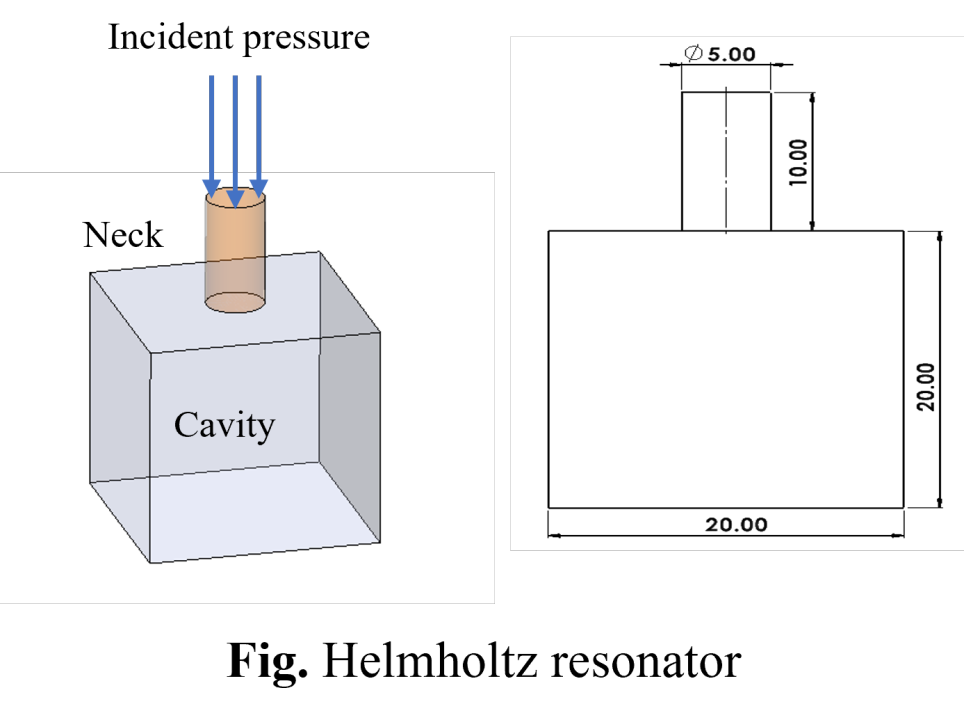
Helmholtz resonator
A Helmholtz resonator is a device used to experimentally determine the frequency of a sound or to selectively absorb or enhance sound waves of a particular frequency. It is named after the German physicist Hermann von Helmholtz, who first described this device in the 19th century.
A Helmholtz resonator typically consists of a container with a small neck or opening. When sound waves in the surrounding air encounter the opening, some of the waves are absorbed by the resonator, while others pass through. The resonator responds most strongly to sound waves with a frequency that matches its natural frequency, which is determined by the volume of the container and the dimensions of the neck.
These resonators are used in various applications, such as in musical instruments, acoustics research, and even in automotive engineering to reduce specific frequencies of noise in exhaust systems. They are also employed in some architectural designs to control unwanted noise in buildings. The ability of Helmholtz resonators to selectively interact with specific frequencies makes them valuable tools in the study and manipulation of sound waves.